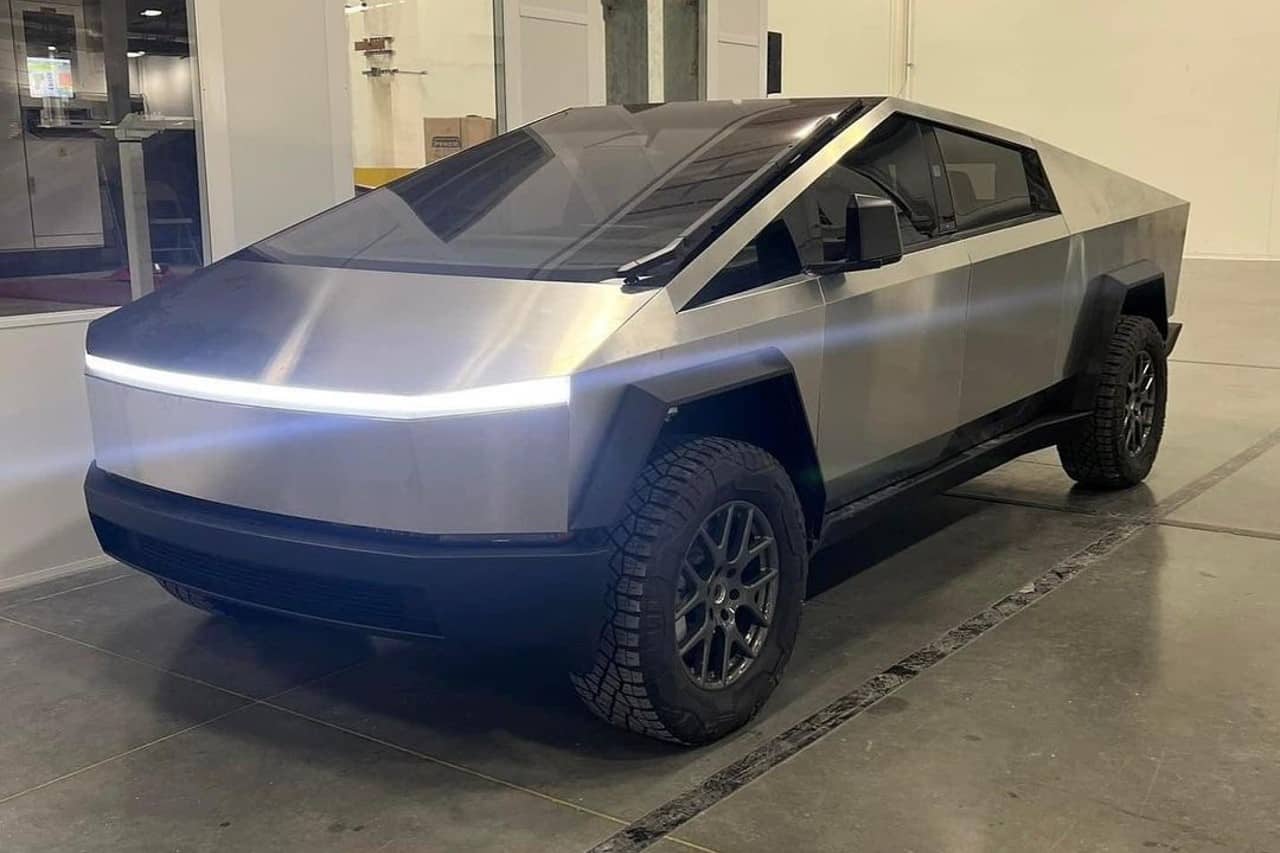Tesla’s Latest Innovation: Cybertruck’s Full Self-Driving Rollout Set for August
Elon Musk has once again captured the public’s attention with his latest announcement. In a tweet shared recently, Musk mentioned that Full Self-Driving (FSD) capabilities on the Cybertruck are expected to roll out in August.
The Anticipation Around Cybertruck
When Tesla first introduced the Cybertruck, it was immediately clear that it was unlike any other vehicle on the market. From its distinct geometric design to its promise of durable, high-performance features, the Cybertruck has been a symbol of innovation and futuristic vision. The additional news of incorporating FSD only fuels the excitement surrounding this electric vehicle.
What is Full Self-Driving?
FSD is Tesla’s advanced driver assistance system that aims to make their vehicles fully autonomous. This includes functionalities such as automated lane changes, summoning the car using a smartphone, and recognising and responding to traffic signals and stop signs. The rollout of FSD in the Cybertruck means that this futuristic vehicle will now have capabilities that bring us even closer to a world where driving is hands-free.
Impact on the UK Automotive Market
The introduction of FSD in the Cybertruck could have significant implications for the UK automotive market. With the UK government pushing towards a zero-emissions future and investing in smart infrastructure, the Cybertruck could become a pivotal vehicle for both consumers and businesses. It could potentially inspire UK manufacturers to innovate and expedite the development of their autonomous vehicles.
The Broader Implications of Autonomous Driving
The broader implications of autonomous driving are profound. They extend beyond the simple convenience of not having to drive. Autonomous vehicles could reduce traffic accidents, lower emissions, and reshape urban planning. With fewer accidents, there wouldn’t just be a decrease in fatalities and injuries but also a reduction in the time vehicles spend stuck in traffic, thus lowering carbon emissions. City layouts might also change to accommodate new automotive technologies, featuring fewer parking spaces and more lanes dedicated to autonomous vehicles.
Challenges Ahead
Despite the promising outlook, the path to full autonomy isn’t without its challenges. Regulatory hurdles, technological limitations, and public trust are significant obstacles that need to be addressed. In particular, the legislative landscape must adapt quickly to the innovations in autonomous driving to provide a framework that ensures safety and efficiency. Tesla will also need to continue technological advancements to perfect its FSD system and make it accessible and reliable for daily use.
Final Thoughts
In conclusion, Elon Musk’s announcement about the imminent rollout of Full Self-Driving capabilities in the Cybertruck is a major leap forward. As we stand on the verge of this next automotive revolution, it’s clear that the impact will be far-reaching, potentially transforming the way we travel and live. The UK automotive market, already an arena of significant innovation, will undoubtedly feel these tremors and may even emerge as a leader in the new era of autonomous vehicles.
